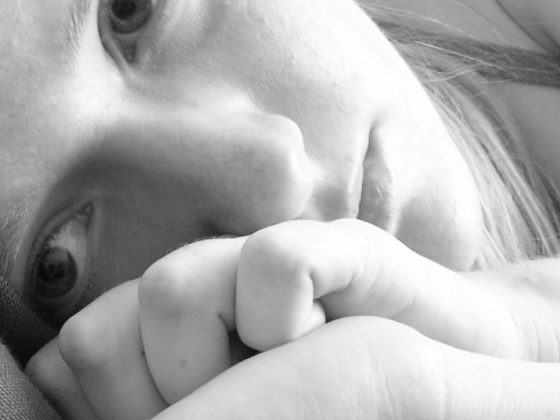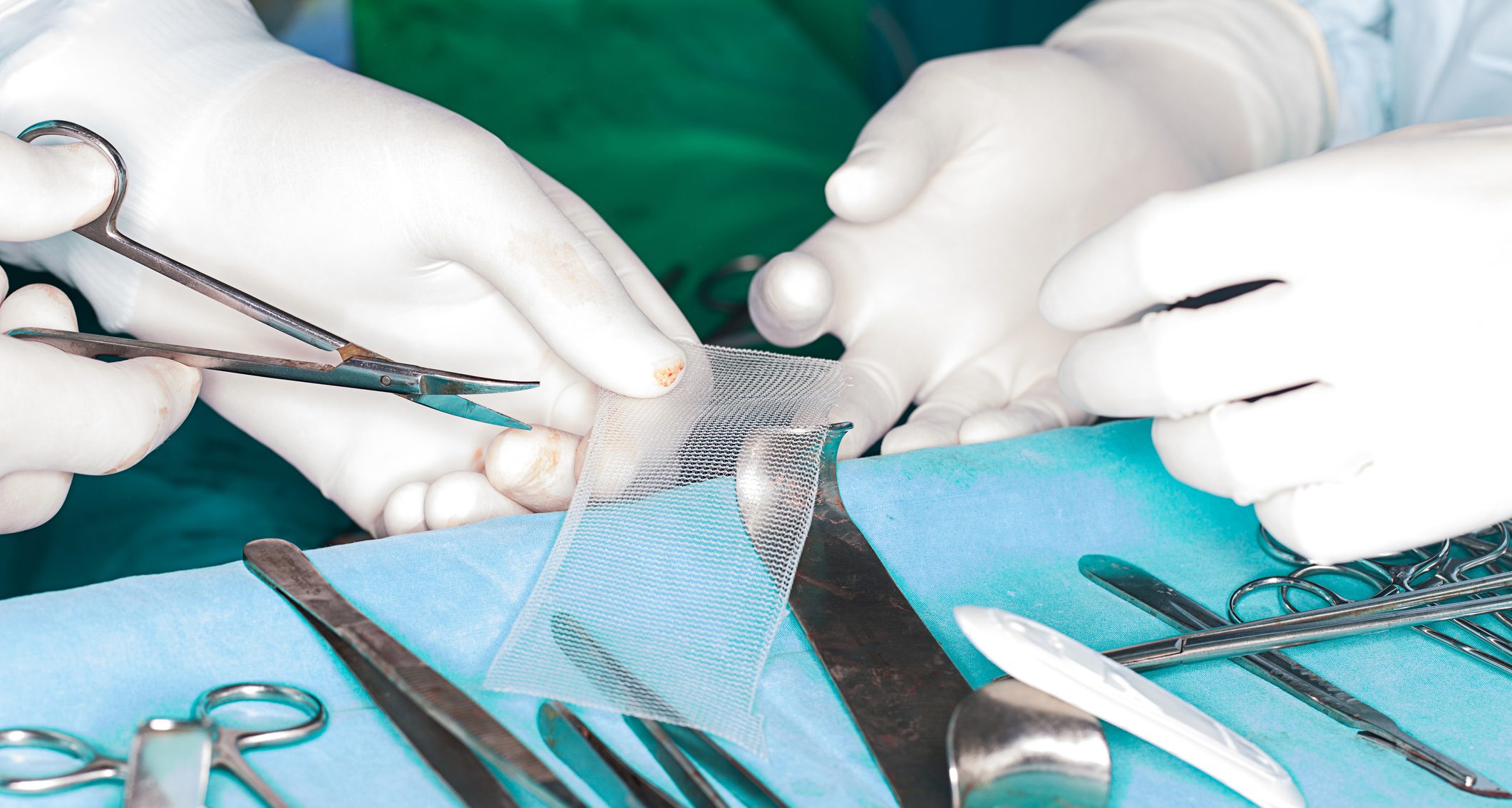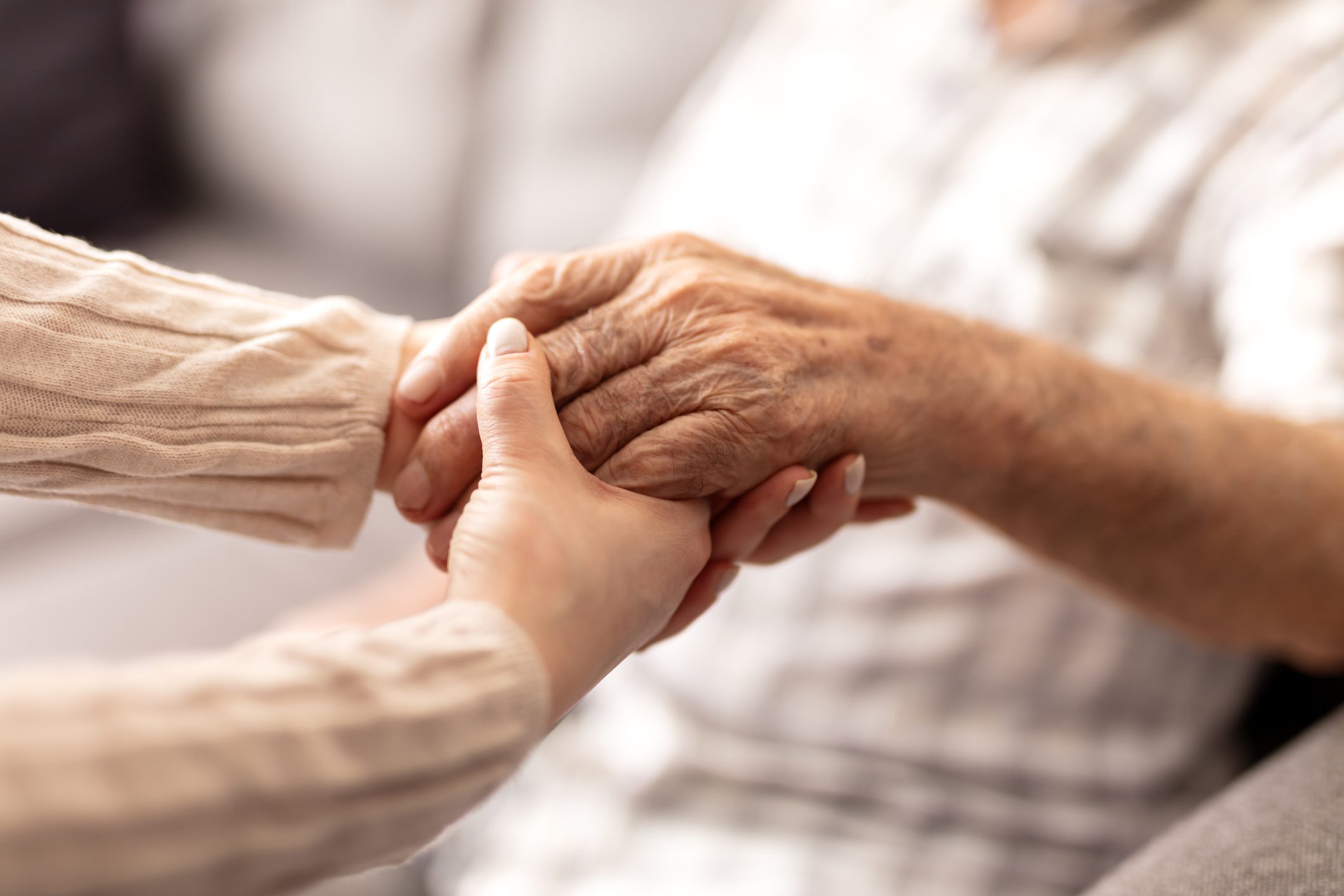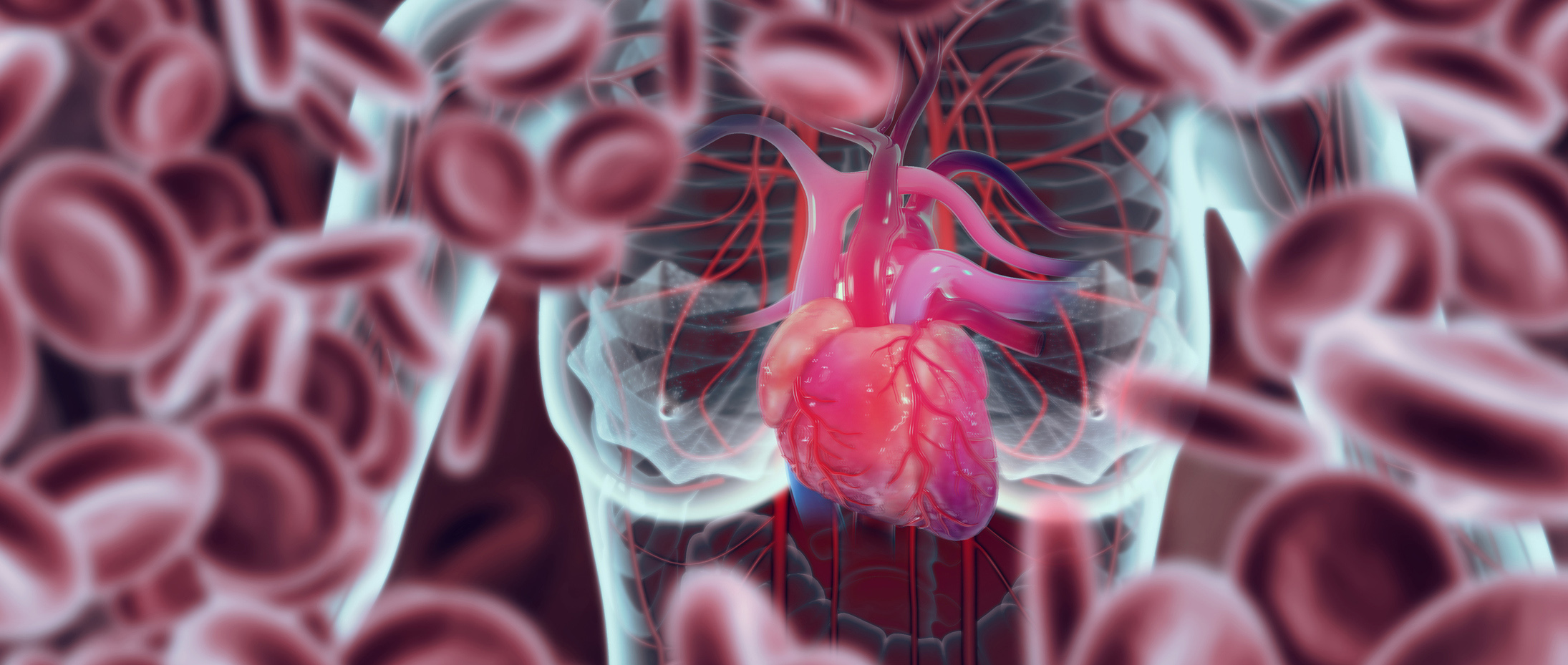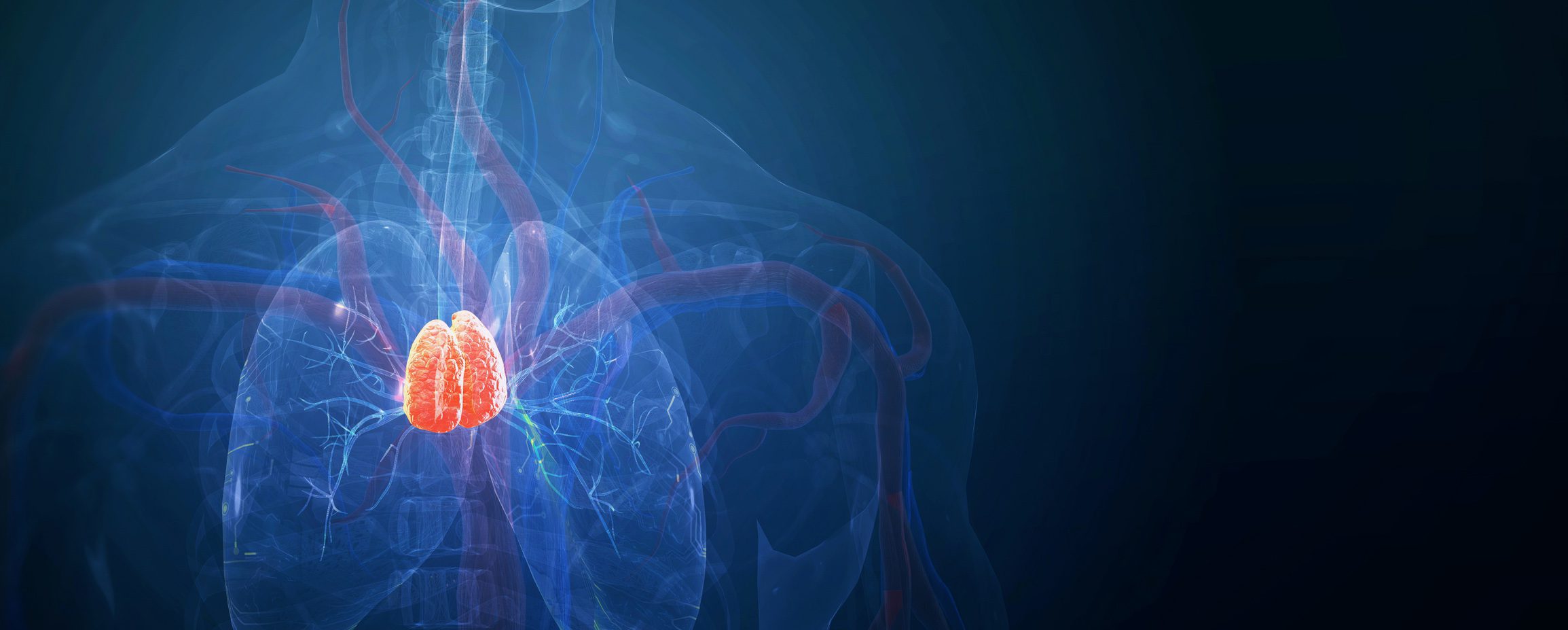The number of virus-related skin diseases is large. Some of these manifest locally such as verrucae, herpes simplex, or skin lesions triggered by parapoxviruses such as Milker’s nodules or Orf. However, a large number of viral diseases affecting the skin are exanthematous.
Viral rashes occur in both childhood and adulthood. The exanthema may be either directly caused by the pathogenic virus as a result of direct cell damage by replication in the capillary endothelium or may be parainfectious due to circulating immune complexes in dermal vessels.
Clinical manifestations of viral infections
Viral infections can cause a wide spectrum of mucocutaneous lesions. Table 1 provides an overview.

Infectious (direct) exanthema diseases
The directly infectious exanthems of childhood were numbered from 1-6 in the late 19th century and named measles, scarlet fever, rubella, rubeola scarlatinosa, erythema infectiosum, and exanthema subitum, with scarlet fever known to be bacterial. However, these classic diseases, especially of childhood, will not be discussed further in this article. Nonclassical infectious exanthema diseases include varicella, coxsackie and cytomegalovirus infections, and papular purpuric gloves and socks syndrome, which is most commonly associated with parvovirus B-19 but can also occur in the setting of other viral infections and drug-induced.
Varicella
The initial infection with the varicella-zoster virus occurs in most cases by the age of 15. The virus is highly contagious, approximately 96% of susceptible exposed individuals become ill. Transmission is aerogenic or mucocutaneous via direct contact with vesicle contents. In children, obligate exanthema occurs after a 24-72 hour prodromal stage with fever, headache, and abdominal pain. This is characterized by macules, papules and later by vesicles with opacification to pustules (Fig. 1) . The different forms of efflorescence are present simultaneously (synchronous polymorphism) and typically the scalp and oral mucosa are also affected. In adults, the prodromes are much more pronounced and the disease can even be lethal in rare cases, this because of the dreaded varicella pneumonia. In adults, therefore, antiviral therapy is usually recommended within 24 h of the onset of exanthema.
Hand-foot-and-mouth disease
This disease, also known as “foot-and-mouth disease”, also mainly affects small children, and in most cases siblings and parents also fall ill in affected families. Coxsackie and other enteroviruses are the causative agents, and transmission is predominantly feco-oral. The incubation period is usually 3-6 days, and during the prodromal phase there are subfebrile temperatures, sore throat and abdominal pain. This is followed by exanthema with oval, grayish-appearing vesicles on the predilection sites lips, cheeks and tongue, as well as palmoplantar, where they are often arranged parallel to the dermatoglyphs (Figs. 2 and 3) . The course is usually without complications with spontaneous healing within 8-10 days.

Exanthema in cytomegalovirus infections (human herpesvirus [5])
In adults, CMV infection can produce a mononucleosis-like picture with maculo-papular exanthema. In the immunocompetent population, the infection plays an insignificant role, as it is usually asymptomatic. However, in immunocompromised individuals and especially those with HIV/AIDS, persistent skin ulceration may occur, along with more serious complications such as pneumonia and chorioretinitis. However, CMV infection is also feared during pregnancy. When a pregnant woman becomes infected, intrauterine infection occurs in just over half of the fetuses. About one-third of infected fetuses become symptomatic. The newborns then show petechial or purpuriform exanthema (“blueberry muffin baby”) along with extracutaneous symptoms such as hepatosplenomegaly, thrombocytopenia, and severe CNS damage.
Papular Purpuric Gloves and Socks Syndrome (PPGSS)
The disease is primarily parvovirus-B19 associated, but coxsackie, cytomegalovirus, measles, Epstein-Barr, or hepatitis B viruses have also been detected. After an incubation period of 5-10 days, red, itchy or burning papules appear on the hands and feet in sock-like form. There is also edema and interspersed petechiae (Fig. 4) . Enanthema with oral vesicles, erosions, and aphthae is found with mucosal involvement. Accompanying general symptoms are fever, lymphadenopathy, and joint pain. Passive thrombocytopenia may occur. In childhood, the course of the disease is much milder than in adults; in particular, fever, lymphadenopathy, and arthralgias are very rare in children. Complications can occur if the primary infection with parvovirus B19 occurs during pregnancy. Then, transplacental infection occurs in one-third to one-quarter of pregnant women, resulting in fetal damage with anemia and hydrops fetalis in 5-10% of cases. During the 11-23. Week of pregnancy, this risk is highest.
A related clinical picture to PPGSS, also caused by parvovirus B19, is acropetechial syndrome: In addition to the changes in the hands and feet typical of PPGSS, there is also perioral involvement in this entity.
Parainfectious exanthema diseases
The parainfectious exanthems do not result from a virus-associated direct cytopathic effect, but reflect the host organism’s immune response to the virus.
Gianotti-Crosti syndrome (GCS) = Acrodermatitis papulosa eruptiva infantilis
GCS is a relatively common dermatosis seen primarily in children between 2 and 6 years of age. 90% of patients are younger than four years. It is a self-limiting papulovesicular exanthema, and other symptoms are usually absent. Rarely, prodromes occur with pharyngitis, upper respiratory tract infections, or diarrhea. The exanthema consists of multiple, monomorphic pink to reddish-brown papules or papulovesicles (Fig. 5) . These may be mildly itchy. The pattern of distribution is usually symmetrical on the cheeks, extensor sides of the extremities, and buttocks. Healing occurs spontaneously over several weeks. Various viral infections may underlie the GCS. Epstein-Barr virus infections are most commonly causative; hepatitis, cytomegalovirus (CMV), human herpesvirus 6 (HHV6), coxsackieviruses, rotaviruses, parvovirus B19, molluscum congatiosum, and many other viral diseases may also be causative. GCS can also occur after vaccinations.

Pityriasis rosea
Pityriasis rosea occurs more frequently in adolescence and young adulthood. The exanthema begins with an oval-shaped plaque up to 6 cm in size, the so-called primary medallion or “plaque mère”. Within 1-2 weeks, multiple smaller daughter foci then spread over the trunk and proximal extremities. Both primary and secondary lesions show an inward scaling ruff as a typical clinical sign and the lesions are arranged along the skin cleavage lines (Fig. 6). The eruption may be preceded by a mildly impaired general condition.
Healing occurs spontaneously within 4-6 weeks. Therapy is not necessary, but patients should be urged to avoid irritation such as frequent washing or excessive greasing, which can lead to eczematization and itching. HHV-6 and HHV-7 were found to be the causative viruses.
Pityriasis lichenoides (PL)
PL is a benign, rather rarely occurring inflammatory skin disease. It can occur at any age, but it shows a clustering of cases in late childhood and early adulthood.
There are basically two clinical manifestations of PL: pityriasis lichenoides et varioliformis acuta (PLEVA) and pityriasis lichenoides chronica (PLC). However, the two forms can also occur simultaneously, or the acute form can change into the chronic form.
PLEVA is characterized by an acute to subacute eruption of multiple erythematous papules that rapidly transform into polymorphous lesions such as vesicles, pustules, hemorrhagic crusts, and ulcerations. The healing phase lasts weeks to months and can be protracted, especially in childhood. Sometimes scars remain.
In PLC, brown-red flattened maculo-papules with a central crust of scales (wafer scaling) are found. The rash may persist for months to years in varying degrees of severity.
Phototherapy, antibiotics, or methotrexate may be used to treat both conditions. Patients should be followed up because courses with transition to malignant lymphoma have rarely been described.
Infections associated with PLEVA and PLC include herpes viruses (EBV, CMV), HIV, parvovirus B19, staphylococci and streptococci, and also toxoplasmosis.
Asymmetric periflexural exanthema of childhood (APEC).
APEC, also called unilateral laterothoracic exanthema, is a disease of childhood that occurs seasonally and is associated with lymphadenopathy. The diagnosis can be made primarily on the basis of the characteristic distribution pattern of efflorescences. The eruption usually begins with scaly erythema, which may also be papular, vesicular, or edematous. The initial site is often unilateral axillary or inguinal, with spread to the contralateral side of the body during the 2nd week of illness. Healing occurs spontaneously within 4-5 weeks. Which infections could be causative is as yet unclear. Parainfluenza viruses, adenoviruses, and HHV-7 are discussed as potential triggers.
Eruptive pseudoangiomatosis
This rare eruption primarily affects children and manifests with acute onset of small, push-away angiomatous macules and papules often surrounded by a white halo. Predilection sites are cheeks and extremities. Usually, the skin lesions heal within 10 days. Mild flu-like symptoms, which may accompany the disease, and the familial clustering suggest a viral etiology. Enterovirus infection was detected in some patients.
Conclusion for practice
- Viruses can cause multiform exanthema directly (infectious) or via immune response (indirect, parainfectious).
- The morphology of the skin lesions may provide clues to the causative virus in question.
- Since the course of these diseases is often self-limited, treatment is unnecessary; if the general condition is impaired, supportive therapy for symptom relief is recommended.
- Infectious exanthema has a more severe course in adults than in children, especially varicella and CMV infections.
- Pityriasis lichenoides can have a highly protracted course, is difficult to treat, and in rare cases can progress to malignant lymphoma.
Barbara Laetsch, MD
Literature:
- Drago F, et al: J Am Acad Dermatol 2012;22 [Epub ahead of print].
- Fölster-Holst R, Kreth HW: JDDG 2009;7:414-419,506-510.
- Adamidou A, et al: Int J of Dermatol. 2008;47:760-762.
- Lipsker D, Saurat J-H: Dermatology 2005;211:309-311.
- Brandt O, et al: G J Am Acad Dermatol 2006;54:136-145.
- Retrouvey M, et al: Pediatr Dermatol 2012;22 [Epub ahead of print].
- Khachemoune A, Blyumin L: Am J Clin Dermatol 2007;8:29-36.
- Al Yousef Ali A, et al: Eur J Dermatol 2010;20:230-1.
DERMATOLOGIE PRAXIS 2013; No. 1: 16-18.




